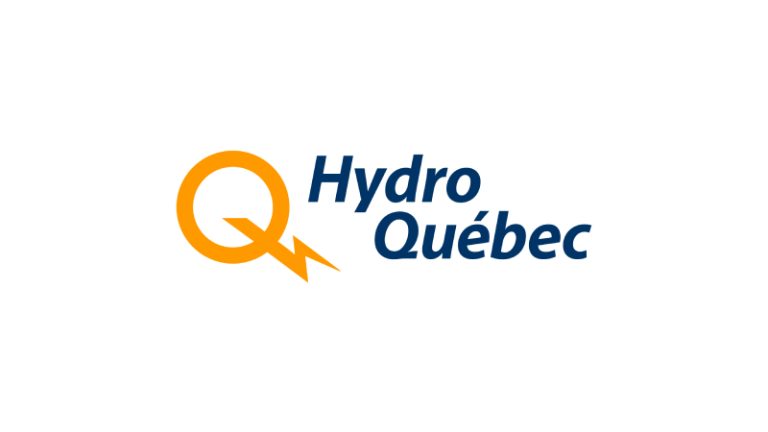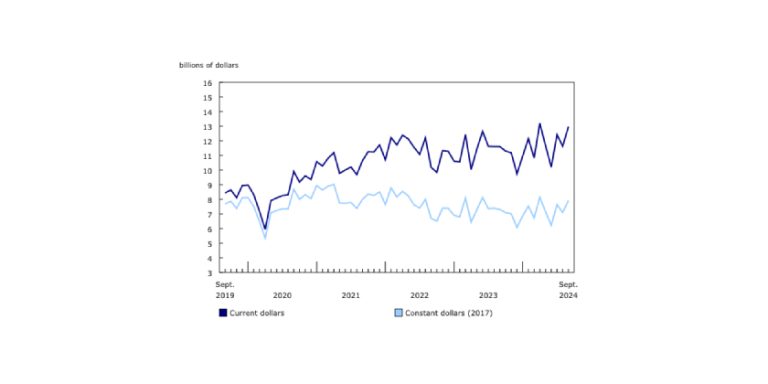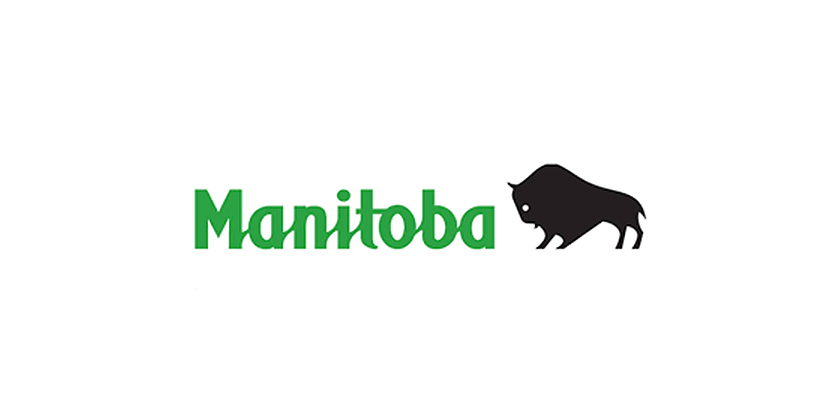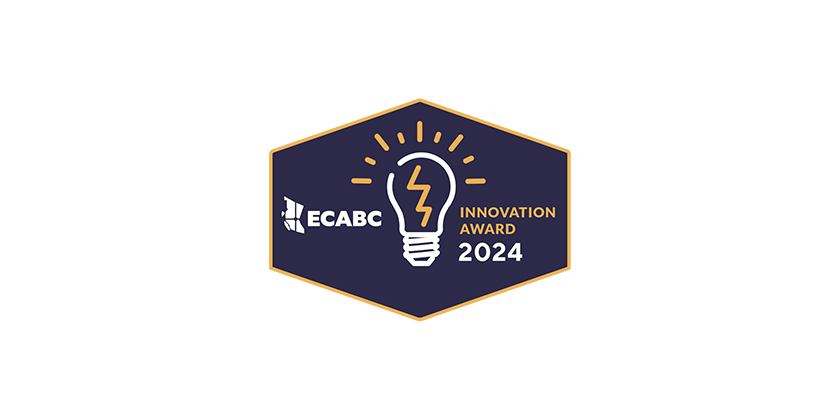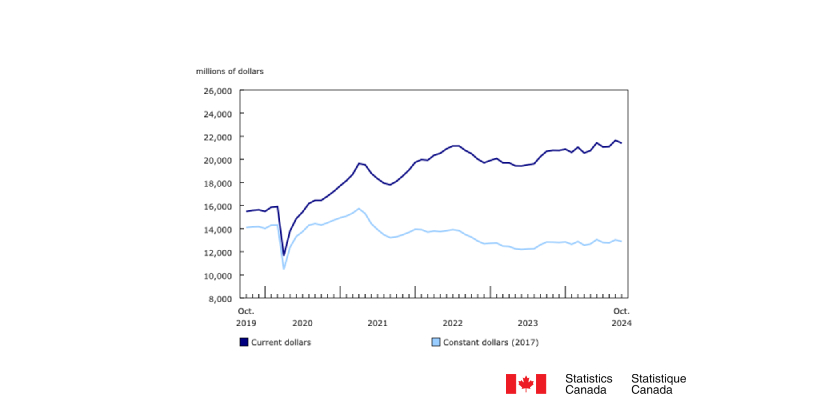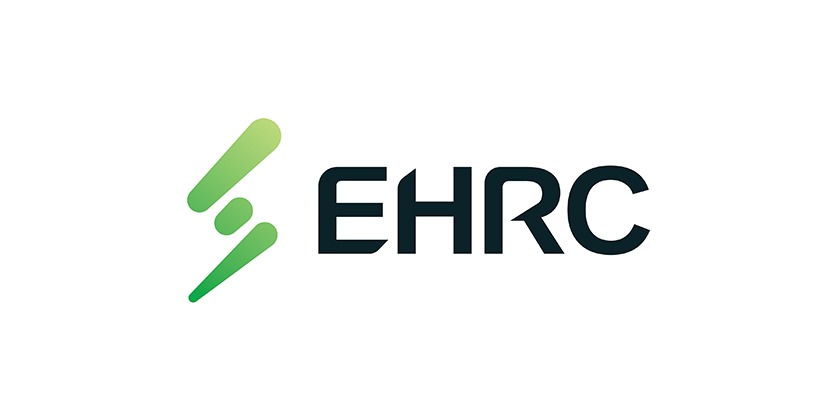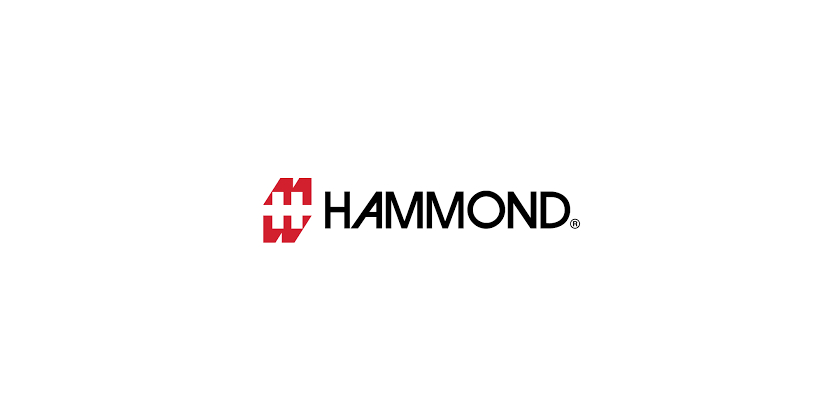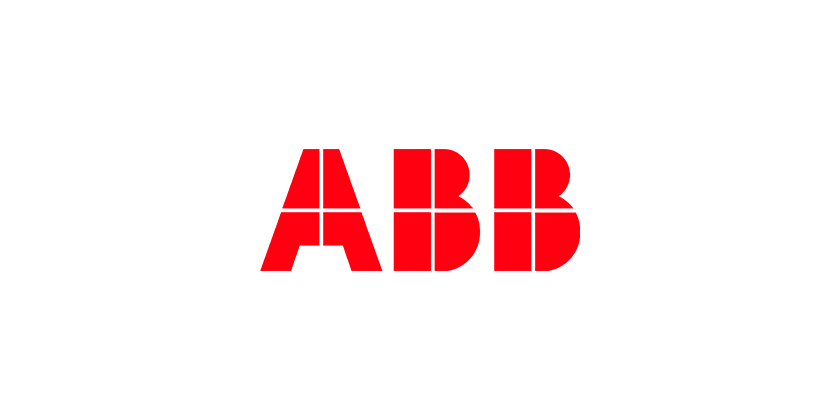The Lost Productivity Cost of Not Being Green

“Countless studies show the direct relationship between work environment and productivity. When the air is clean, the lighting good, the noise diminished, and the environment more comfortable, people perform better.”— EAG Special Report
Remember the 80/20 rule? That rule details how 20% of activity typically yields 80% of results. It now appears that roughly the same numbers apply to green, energy efficient workplaces and business productivity.
Depending on which industry is analyzed, the total cost of the workforce can represent close to 70% of business expense. When employee costs are high it’s easy to put the other 30% (which includes the cost of energy efficiency/green upgrades) low on the list of priorities for investing.
“In most organizations, including large organizations such as the Fortune 500, total human capital costs, also known as total cost of workforce, average nearly 70% of operating expenses. ” 1
Often companies will invest heavily in their workforce with the goal of increasing productivity. But a recent report discusses how small improvements in the work environment can create proportionately higher increases in productivity. When you improve the work environment (the 30% of business expense) there is a disproportionate improvement in staff productivity (the 70% cost representing the workforce).
“There are reputable, robust studies that suggest the green design features of buildings lead to healthier, more productive occupants.”2
A report entitled Health, Wellbeing & Productivity in Offices3 discusses the “green design” features that increase productivity. It offers a long list of those features but it comes down to anything that improves the quality of the workplace. That could include lighting, noise reduction, and access to windows as well as sunlight. When a company upgrades the work environment the natural result is improved employee satisfaction and increased productivity.
“There is clearly an opportunity for organizations to begin to think differently and use their physical premises for competitive gain.” 4
Growing evidence highlights the direct relationship between the work environment and an organization’s productivity. Companies that ignore the work environment will bear a lost productivity cost. Companies that improve the workplace achieve a proportionately higher benefit or “competitive gain” due to the relative size of the workforce.
In summary, there is a benefit to creating a Green, energy efficient workplace and that benefit is increased productivity!
Dr. Kerry Kilpatrick is Social Media Manager and Account Manager for the Energy Alliance Group (EAG). Dr. Kilpatrick has been involved in the health care industry throughout his career. His involvement included direct care to patients as well as managing a busy practice with multiple doctors. This article was first published online by the Energy Alliance Group (EAG) of Michigan provides energy saving products and services to Industrial and Commercial businesses. Find out more: http://energyalliancegroup.org.
1) Human Capital Management – Managing an Organization’s Biggest Cost: The Workforce, Human Capital Management Institute.
2) Health, Wellbeing & Productivity in Offices – The next chapter for green building, World Green Building Council; http://www.worldgbc.org/activities/health-wellbeing-productivity-offices/.
3) Ibid.
4)Ibid.



